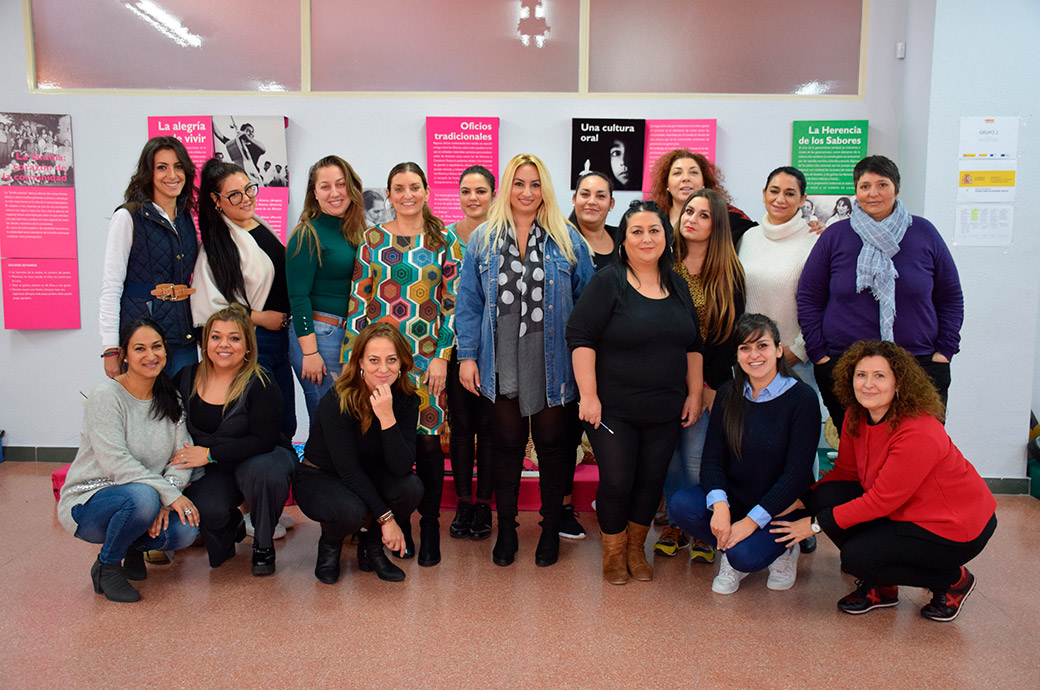Progress and challenges [editar]
Roma today. 45 years of progress
The development of the welfare state has contributed to the progress of the Spanish Roma population, more present than ever in employment, education, activism and social participation…
In the last 40 years, Spain has been transformed: new family models, more tolerance, changes in conduct, other roles, and Spanish Roma men and women too.
The Spanish Roma population is young (younger than average), urban and heterogeneous, and their day to day contradicts clichés propagated to the social imaginary.
Families are heterogeneous. Marriages are no longer as young as they used to, and the number of children has decreased.

From the slums to a decent home
Access to decent housing has also enabled access to many more rights. Slum living has been reduced by 87% in the last four decades. The trend is unstoppable. However, 9 000 Roma families still live in homes that do not meet the minimum living standards and 2 000 families live in slums, according to 2015 data.
Studying for a brighter future
The education system has been late to include Roma children. It was not until the 1990s that Roma pupils entered the classrooms on a large scale. Today, practically all Roma children complete primary school. The problem comes in secondary school: six of every 10 do not complete compulsory education (2023 data). In the last decade (2012-2022) there is an increase in educational inequality and no significant progress has been made.
Roma men and women in all professions
Street trading continues to be the main source of income. But occupations have become much more varied, and today Roma men and women can be found holding all kinds of jobs: doctors, lawyers, civil servants, social mediators, business owners, police officers…
40% of Roma who work are already in the salaried employment. They work from a very young age, starting earlier and working into old age. However, most of them are in more precarious and temporary jobs.
The strenght of pioneering Roma women
The life of Roma women is more varied and complex than social imaginary would like to think. Their heterogeneous nature includes women in all professions and with increasing social and political participation. Roma women, like the rest of Spanish women, are steadily gaining more power and claiming equality both in the home and outside it.

Entrenched discrimination
Even though the law officially provides for equality, antigypsyism is still deeply entrenched in society. Everyday racism is sometimes expressed subtly, and sometimes more evidently, such as by preventing a Roma person from renting a home for the mere fact of being Roma; securing a job; quietly browsing in a shopping centre or entering a leisure establishment.
Persistent poverty
In recent decades, Roma families have improved their lives but inequality persists: less income, less education, poorer job quality, more poverty. The life expectancy of Roma people is eight or nine years less than the general population and three out of four homes are affected by social exclusion processes.
For a fairer social image
Deep-rooted stereotypes and prejudices have created a very unfair social image of the Roma people that is far removed from reality.
The controversial “Swindler” of the spanish dictionary
The dictionary of the Royal Academy of the Spanish Language (RAE) upholds the fifth entry of the word “gitano/a” as “swindler”. As the awareness campaign #IAmNotaSwindler said, a discriminatory definition generates discrimination.

